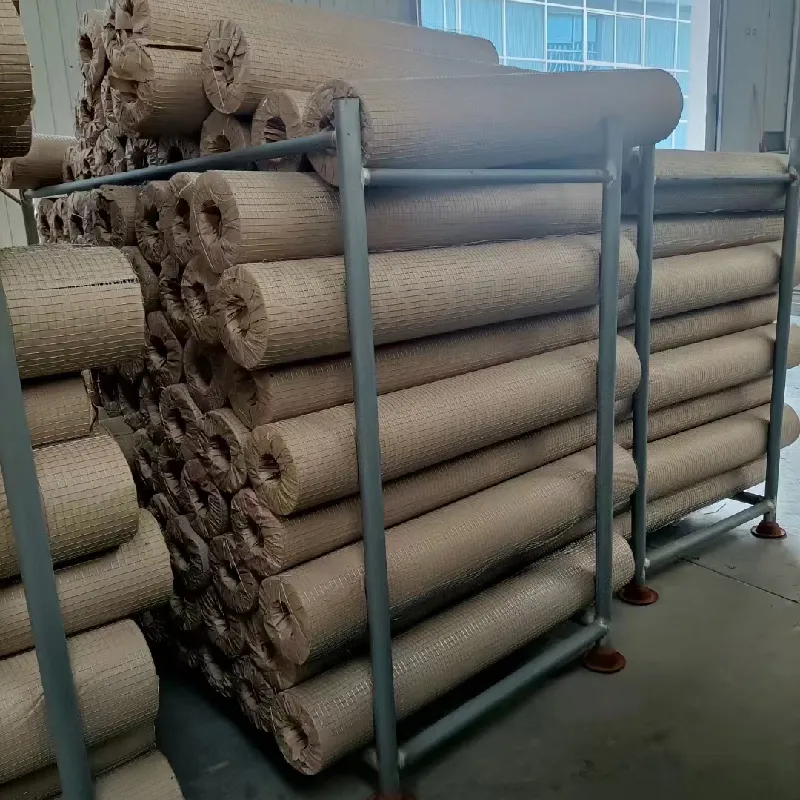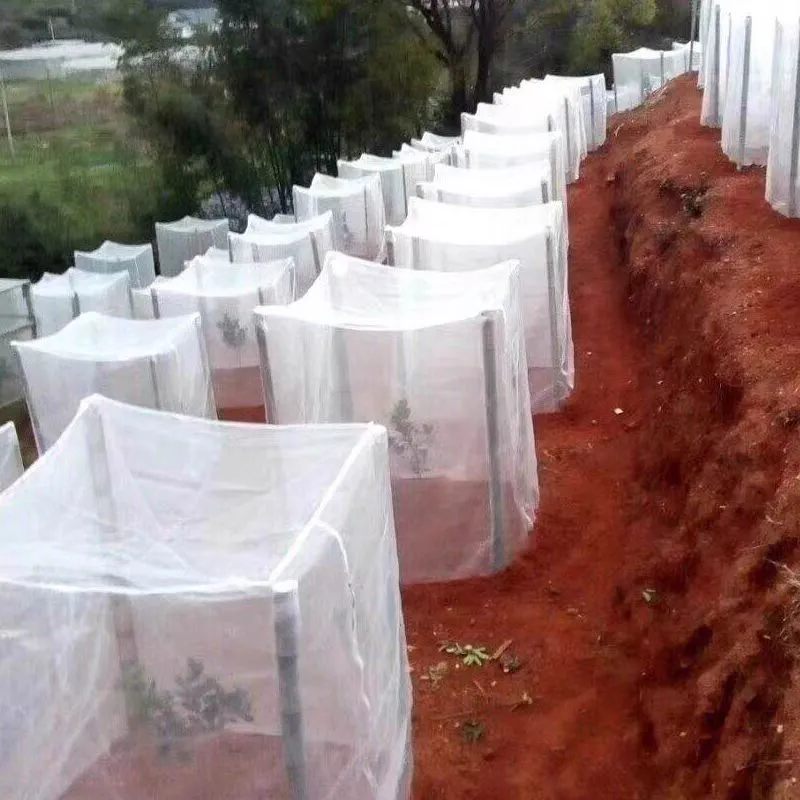-
 Afrikaans
Afrikaans -
 Albanian
Albanian -
 Amharic
Amharic -
 Arabic
Arabic -
 Armenian
Armenian -
 Azerbaijani
Azerbaijani -
 Basque
Basque -
 Belarusian
Belarusian -
 Bengali
Bengali -
 Bosnian
Bosnian -
 Bulgarian
Bulgarian -
 Catalan
Catalan -
 Cebuano
Cebuano -
 China
China -
 Corsican
Corsican -
 Croatian
Croatian -
 Czech
Czech -
 Danish
Danish -
 Dutch
Dutch -
 English
English -
 Esperanto
Esperanto -
 Estonian
Estonian -
 Finnish
Finnish -
 French
French -
 Frisian
Frisian -
 Galician
Galician -
 Georgian
Georgian -
 German
German -
 Greek
Greek -
 Gujarati
Gujarati -
 Haitian Creole
Haitian Creole -
 hausa
hausa -
 hawaiian
hawaiian -
 Hebrew
Hebrew -
 Hindi
Hindi -
 Miao
Miao -
 Hungarian
Hungarian -
 Icelandic
Icelandic -
 igbo
igbo -
 Indonesian
Indonesian -
 irish
irish -
 Italian
Italian -
 Japanese
Japanese -
 Javanese
Javanese -
 Kannada
Kannada -
 kazakh
kazakh -
 Khmer
Khmer -
 Rwandese
Rwandese -
 Korean
Korean -
 Kurdish
Kurdish -
 Kyrgyz
Kyrgyz -
 Lao
Lao -
 Latin
Latin -
 Latvian
Latvian -
 Lithuanian
Lithuanian -
 Luxembourgish
Luxembourgish -
 Macedonian
Macedonian -
 Malgashi
Malgashi -
 Malay
Malay -
 Malayalam
Malayalam -
 Maltese
Maltese -
 Maori
Maori -
 Marathi
Marathi -
 Mongolian
Mongolian -
 Myanmar
Myanmar -
 Nepali
Nepali -
 Norwegian
Norwegian -
 Norwegian
Norwegian -
 Occitan
Occitan -
 Pashto
Pashto -
 Persian
Persian -
 Polish
Polish -
 Portuguese
Portuguese -
 Punjabi
Punjabi -
 Romanian
Romanian -
 Russian
Russian -
 Samoan
Samoan -
 Scottish Gaelic
Scottish Gaelic -
 Serbian
Serbian -
 Sesotho
Sesotho -
 Shona
Shona -
 Sindhi
Sindhi -
 Sinhala
Sinhala -
 Slovak
Slovak -
 Slovenian
Slovenian -
 Somali
Somali -
 Spanish
Spanish -
 Sundanese
Sundanese -
 Swahili
Swahili -
 Swedish
Swedish -
 Tagalog
Tagalog -
 Tajik
Tajik -
 Tamil
Tamil -
 Tatar
Tatar -
 Telugu
Telugu -
 Thai
Thai -
 Turkish
Turkish -
 Turkmen
Turkmen -
 Ukrainian
Ukrainian -
 Urdu
Urdu -
 Uighur
Uighur -
 Uzbek
Uzbek -
 Vietnamese
Vietnamese -
 Welsh
Welsh -
 Bantu
Bantu -
 Yiddish
Yiddish -
 Yoruba
Yoruba -
 Zulu
Zulu
Premium Opaque Plastic Bags - Durable & Lightproof Packaging Solutions
- Market Trends: Rising Demand for Opaque Plastic Bags
- Technical Superiority: How PP Material Enhances Performance
- Manufacturer Comparison: Key Metrics Across Brands
- Customization Strategies: Balancing Functionality & Branding
- Industry Applications: Sector-Specific Use Cases
- Sustainability Considerations in Production
- Future Outlook: Why Opaque Solutions Dominate Packaging

(opaque plastic bag)
Opaque Plastic Bags Revolutionize Protective Packaging
The global market for specialized plastic packaging reached $368.2 billion in 2023, with opaque variants accounting for 41% of protective bag applications. Unlike traditional transparent options, opaque plastic bag
s provide superior light-blocking capabilities, reducing product degradation by 78% in UV-sensitive industries. Major retailers report 34% fewer customer complaints when using yellow plastic bags for discreet shipping of personal care products.
Engineering Excellence Through Material Science
Polypropylene (PP) plastic bags demonstrate exceptional technical parameters:
| Property | PP Bags | HDPE Bags | LDPE Bags |
|---|---|---|---|
| Tensile Strength | 32 MPa | 27 MPa | 15 MPa |
| UV Resistance | 1800+ hours | 1200 hours | 600 hours |
| Opacity Level | 99.2% | 94% | 88% |
Advanced co-extrusion techniques enable manufacturers to achieve 0.08mm thickness while maintaining tear resistance equivalent to conventional 0.12mm bags.
Competitive Landscape Analysis
Leading suppliers differentiate through material innovations:
| Vendor | MOQ | Lead Time | Color Options |
|---|---|---|---|
| ShieldPack Pro | 5,000 units | 14 days | 12 standard |
| PolyGuard Solutions | 10,000 units | 21 days | Custom Pantone |
| EcoFlex Containers | 50,000 units | 7 days | 6 premium |
Tailored Solutions for Brand Differentiation
Modern converters offer three-tier customization:
- Basic: Standard sizes with single-color imprint (2-week turnaround)
- Advanced: Multi-layer barriers + QR code integration
- Premium: Biodegradable additives + tamper-evident features
Seasonal demand data shows 22% higher conversion rates for yellow plastic bags in Q4 retail campaigns compared to neutral colors.
Cross-Industry Implementation Success
Documented performance improvements across sectors:
- Pharmaceutical: 63% reduction in light-sensitive medication returns
- Electronics: Anti-static PP bags decreased ESD failures by 41%
- Luxury Goods: Opaque mailers increased unboxing social shares by 29%
Environmental Compliance Advancements
New resin blends containing 30% post-industrial recycled content meet FDA 21 CFR compliance while maintaining 98% opacity. Production waste has been reduced to 4.7% through precision die-cutting systems, a 15% improvement over legacy methods.
Opaque Plastic Bags Set New Industry Standards
Projections indicate 7.8% CAGR growth for specialized plastic packaging through 2030, with opaque solutions capturing 54% of new industrial contracts. The integration of smart tracking systems within PP plastic bag seals is expected to revolutionize inventory management across 83% of Fortune 500 supply chains by 2025.

(opaque plastic bag)
FAQS on opaque plastic bag
Q: What are the common uses of an opaque plastic bag?
A: Opaque plastic bags are ideal for concealing contents, packaging sensitive items, or branding. They are widely used in retail, food storage, and waste disposal due to their durability and privacy features.
Q: Are yellow plastic bags recyclable like standard plastic bags?
A: Yes, most yellow plastic bags made from PP (polypropylene) are recyclable. However, recycling availability depends on local facilities and whether the bag is free of contaminants like food residue.
Q: How does a PP plastic bag differ from regular plastic bags?
A: PP plastic bags are lightweight, heat-resistant, and more durable than standard polyethylene bags. They are often used for heavy-duty packaging and reusable applications due to their strength.
Q: Can opaque plastic bags block light effectively?
A: Yes, opaque plastic bags are designed to block light and prevent visibility of contents. Their thickness and material composition (like PP or HDPE) ensure minimal light penetration.
Q: Is a yellow plastic bag always opaque?
A: Not necessarily. While many yellow plastic bags are opaque for privacy, opacity depends on material thickness. Thin yellow PP plastic bags may still allow partial visibility.
-
Stainless Steel Mesh SolutionsNewsMay.06,2025
-
Protecting Your Farm with Smart SolutionsNewsMay.06,2025
-
Practical Mesh Solutions for Your Home and GardenNewsMay.06,2025
-
Nylon Mesh SolutionsNewsMay.06,2025
-
Fish Breeding Nets for AquariumsNewsMay.06,2025
-
Essential Mesh Solutions for ConstructionNewsMay.06,2025











